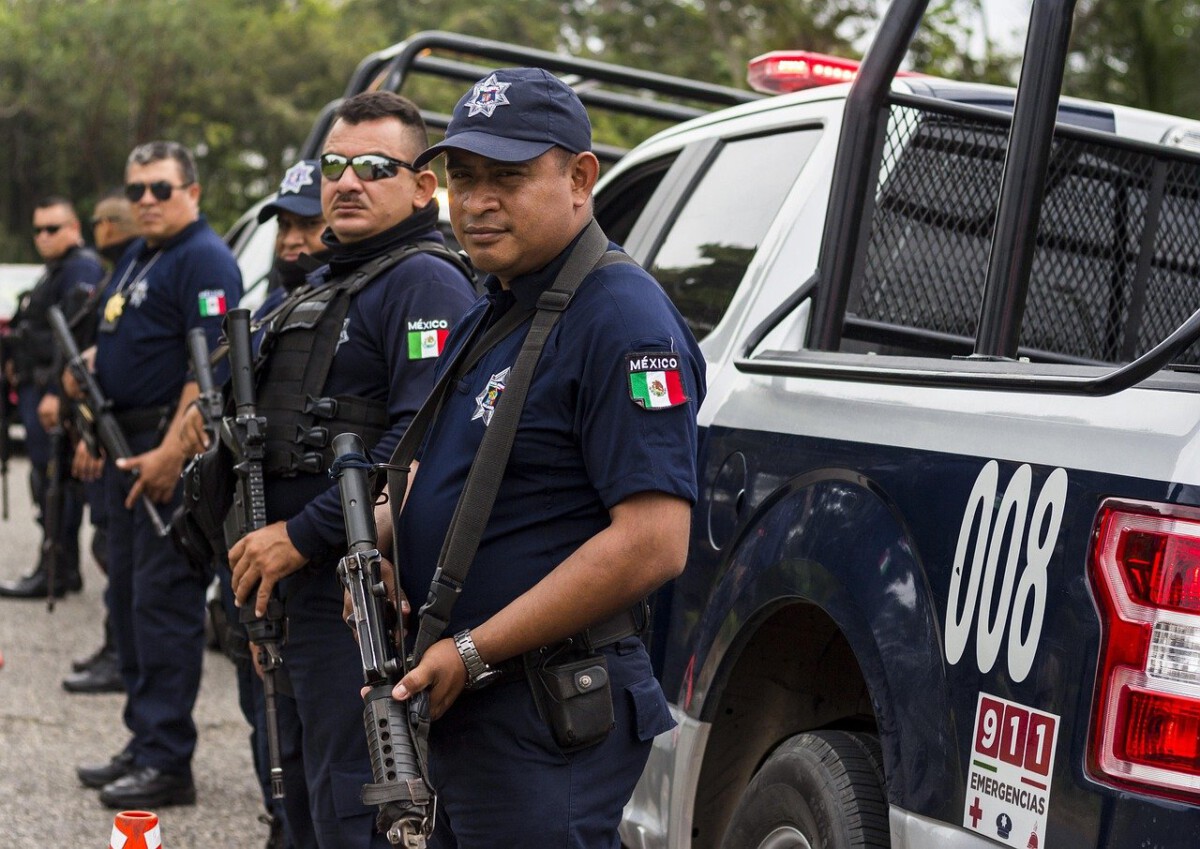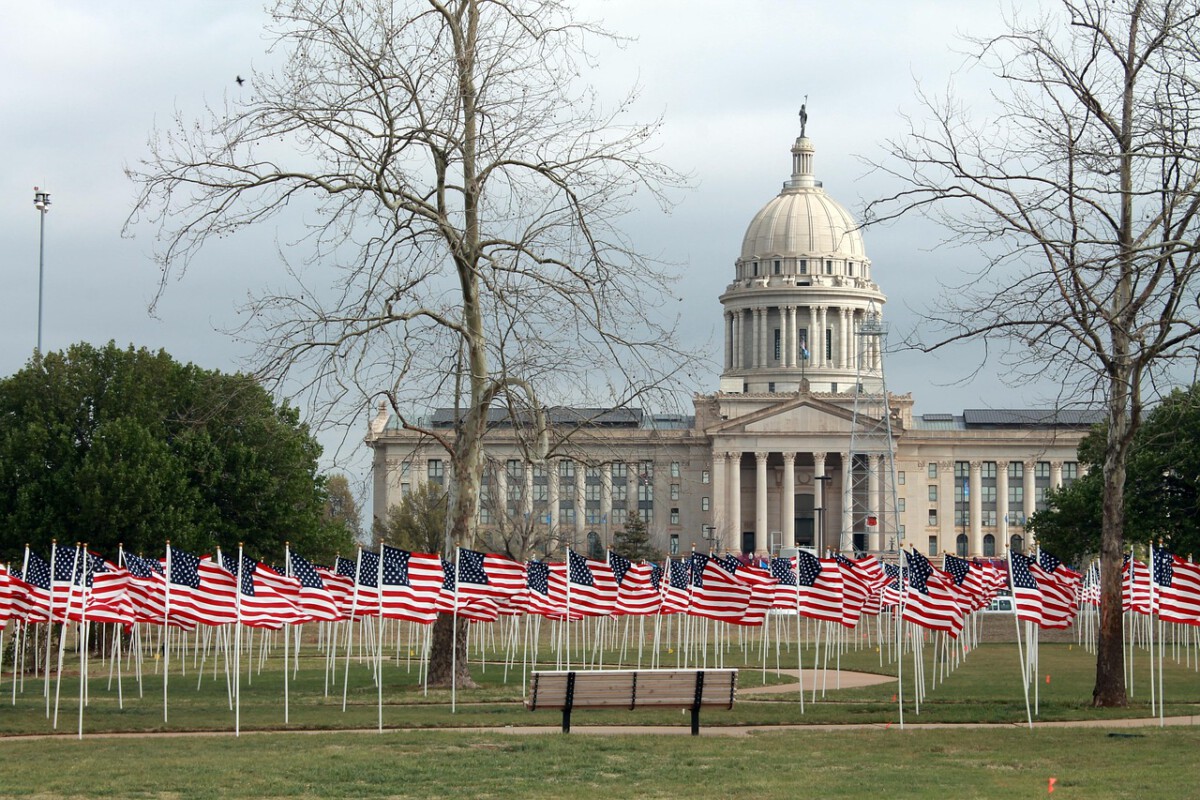U.S. Raises Alarm Over Rising Violence

In January 2025, the U.S. Department of State raised its travel advisory for Mexico to a high alert, sending shockwaves through the travel community and beyond. This decision was driven by a noticeable surge in violent crime, including homicides and kidnappings, especially in areas that have traditionally drawn millions of American tourists every year. The announcement didn’t come as a surprise to those closely following the news, but many casual travelers were caught off guard. The warning specifically urges American citizens to reconsider travel to certain Mexican states, marking a stark shift from previous, more moderate advisories. As officials stated, “Our first concern is the safety of U.S. citizens abroad,” making the seriousness of the situation clear. The advisory quickly made headlines, sparking urgent conversations among families and travelers who had planned vacations. The mood in many travel forums turned anxious, with users sharing their worries and stories of cancelled plans. This move reflects the ongoing tension between Mexico’s appeal as a sunny escape and its current safety challenges.
States Under the Spotlight: Where Are the Risks Highest?

The travel advisory singles out several states—Guerrero, Michoacán, Sinaloa, Colima, and Tamaulipas—as areas of particular concern. Guerrero, with its famous beaches in Acapulco, has faced a spike in violent crimes targeting both locals and tourists. Michoacán, known for its cultural festivals, has seen organized crime expand its reach, impacting even rural towns. Sinaloa, long associated with cartel activity, remains a hotspot for criminal violence and drug trafficking. Colima and Tamaulipas have also been added to the list after a series of high-profile incidents in late 2024 and early 2025. These warnings are based on hard data: each of these states reported more than 2,000 homicides in 2024, according to Mexican government statistics. The U.S. advisory urges travelers to avoid these regions unless absolutely necessary, underscoring that some areas are simply too dangerous for casual visits right now.
Tourist Hotspots: Are Popular Destinations at Risk?

While some regions are under strict warnings, others—like Cancún, Playa del Carmen, and Puerto Vallarta—remain open but are not entirely risk-free. In 2024, Quintana Roo (home to Cancún) reported an 18% increase in robberies and petty thefts, particularly targeting tourists on public beaches or nightlife districts. However, violent crime rates in these areas remain lower than in the previously mentioned high-risk states. Mexican authorities have deployed additional police and National Guard units in these tourist zones to help reassure visitors. Despite these efforts, travelers are advised to remain vigilant, especially after dark and when venturing away from main tourist areas. News reports have highlighted incidents where tourists were affected by crimes of opportunity, such as pickpocketing and credit card fraud. Although these areas still attract millions, the tone among travel experts is one of caution rather than alarm.
Recent Statistics: Crime Data Paints a Troubling Picture

Official statistics from the Mexican government show that violent crime jumped by nearly 20% nationwide between 2023 and 2024. The country logged over 36,000 homicides in 2024 alone, a figure that has consistently placed Mexico among the highest in the world for violent deaths. Organized crime, including cartel violence, is responsible for a large proportion of these incidents. Kidnappings also increased by 12% last year, according to the National Public Security System (SNSP). The U.S. State Department referenced these numbers in its advisory, emphasizing that while some crime is targeted, “the risk to bystanders remains significant.” The data doesn’t just include major cities—smaller towns and once-quiet resort communities have also seen incidents rise. These sobering statistics are hard to ignore for anyone considering travel to Mexico right now.
How Travelers Can Protect Themselves

Travelers are encouraged to adopt new safety habits when visiting Mexico during this period of heightened risk. The U.S. Embassy recommends several precautions: avoid nighttime travel, stick to well-populated and well-lit areas, and don’t flaunt valuables such as expensive watches or jewelry. Using only registered taxi services or rideshare apps is strongly suggested, as unauthorized taxis have been linked to robberies and worse. It is also recommended to stay in reputable hotels with good security measures and to keep friends or family informed about your whereabouts. Having emergency contacts saved and knowing the local emergency number (911 in Mexico) are simple but important steps. Registering with the Smart Traveler Enrollment Program (STEP) allows the U.S. Embassy to reach you in case of local emergencies. These steps might seem basic, but they can make a real difference.
Tourism Industry Takes a Hit

The impact of the high alert advisory has been immediate and dramatic for Mexico’s tourism industry. In the first quarter of 2025, major hotel chains reported a 28% drop in bookings from U.S. visitors compared to the same period in 2024. Tour operators in regions like Guerrero and Michoacán have seen cancellations spike, forcing some to temporarily close or scale back operations. The Mexican Tourism Secretariat estimates a loss of over $1.2 billion in revenue since the advisory was issued. Local businesses, from restaurants to souvenir shops, are feeling the pinch as foot traffic dwindles. Some resorts have responded by increasing security and offering discounts in hopes of luring back cautious travelers. The uncertainty around safety has made last-minute booking more common, as tourists wait to see if conditions improve before committing to a trip.
What the Mexican Government Is Doing

In response to the violence and the economic fallout, the Mexican government has announced several new security initiatives. More than 5,000 additional federal police officers and military personnel were deployed to high-risk areas in early 2025, particularly in and around tourist hotspots. Authorities have also launched public awareness campaigns to inform both locals and visitors about safe practices. The government is working closely with the U.S. Embassy to coordinate alerts and respond quickly to any incidents involving American citizens. Officials have promised to crack down on organized crime, with high-profile arrests and increased surveillance in trouble spots. While some critics say these measures don’t go far enough, the government insists that restoring traveler confidence is a top priority. The hope is that visible action will begin to reverse the negative trends.
Advice from the U.S. Embassy

The U.S. Embassy in Mexico has ramped up its outreach to American citizens living or traveling in the country. Through their website and social media, the embassy shares regular safety updates, tips, and emergency contact information. They strongly encourage all travelers to sign up for the Smart Traveler Enrollment Program (STEP) to receive real-time alerts about changing conditions. The embassy also reminds travelers to respect local laws, noting that even minor infractions can bring serious consequences. They counsel against using ATMs at night or in isolated locations and suggest carrying copies of important documents, such as passports and insurance cards. Embassy staff are available around the clock for emergencies, and they maintain a list of trusted local hospitals and legal resources. These practical steps can help travelers feel more prepared amidst uncertainty.
Perspectives from Locals: Reality Versus Perception

The reaction among local residents in affected regions has been mixed. Many acknowledge the rise in crime and appreciate efforts to improve security, while others feel the international media is exaggerating the danger. “Yes, there are problems, but not every street is dangerous,” says a hotel manager in Acapulco. Some community leaders argue that most tourist areas remain safe if visitors use common sense and follow advice. They are calling for more investment in social programs and jobs, believing that economic opportunity is the best way to reduce crime long-term. There’s frustration too, as businesses see their livelihoods threatened by falling visitor numbers. Locals often take extra steps to reassure guests, offering personalized security advice and organizing community patrols. The balance between caution and hope is delicate.
Travel Insurance: Is It Now Essential?

With risks on the rise, travel insurance has become a hot topic for anyone planning a trip to Mexico. Major insurers report a 50% increase in policy purchases for Mexican travel in the first months of 2025. Comprehensive plans now often include coverage for trip cancellation due to security advisories, medical emergencies, and even kidnapping. Some travelers are opting for “cancel for any reason” coverage, which provides more flexibility if conditions change suddenly. Experts recommend reading the fine print, as not all policies cover acts of violence or civil unrest. Those with pre-existing health conditions are urged to confirm their policies include adequate medical evacuation coverage. The peace of mind that insurance offers can be a deciding factor for travelers on the fence.
Looking Ahead: What Could Change Next?

As of spring 2025, the U.S. travel advisory remains in place, with regular updates reviewed by both American and Mexican authorities. Security experts suggest that improvements will depend on sustained government action and the dismantling of organized crime networks. Some predict that tourist numbers will rebound if security measures prove effective, while others fear a longer-term decline. Airlines and hotels are closely monitoring the situation, adjusting their policies and prices in response to changing demand. The tourism industry’s recovery could hinge on collaboration between governments, the private sector, and local communities. Travelers, meanwhile, are watching for any new developments that might make their dream vacation possible again.





